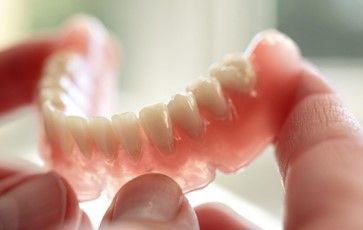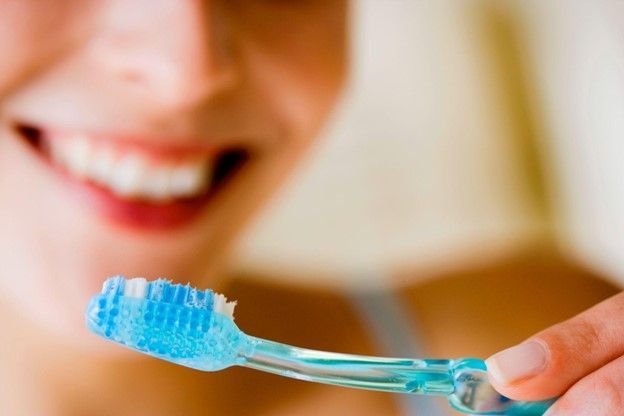


What should you expect from a dental checkup? Your teeth feel fine. But that doesn't mean you should skip your annual or bi-annual appointment. If you're not sure whether you really need a well-visit, take a look at the steps of a typical checkup.
1. You Will Make An Appointment
Before you learn more about the checkup, you may need to decide whether you need to schedule an appointment right away. Different people have different dental visit needs, so you may only need to schedule one appointment annually — or you may need to schedule two or more.
When you schedule an appointment, ask the dental office staff what information they need (records or insurance documents), what types of payments they accept, when you will need to pay, and what forms you need to complete before your checkup.
2. The Professional Will Review Your Dental History
This step may come in two parts. The dentist may want you to include your dental (and possibly health) history on a pre-visit form. They may also want you to review your dental history in person during your first checkup. This could include all dental work you've had in the past (fillings, other restorations, or extractions), gum health history, oral infections, and anything else that may impact your dental care.
You should also provide the dentist with a list of current medications you take, including prescriptions, over-the-counter medications, and natural supplements. Some medications and supplements can affect your oral and gum health or impact how easily you heal after dental work/procedures.
3. The Hygienist Will Examine Your Teeth and Mouth
This step isn't something that you will do. Instead, the hygienist will examine your mouth. The hygienist may review your oral health before cleaning your teeth. This brief exam can help the dental professional to assess your care and maintenance needs. Some oral issues, such as gum pockets or larger areas of tartar buildup will affect the hygienist's cleaning strategy.
You may also need dental x-rays as part of a checkup. The hygienist will review your x-ray history and decide whether it is time for a new set.
4. The Hygienist Will Clean Your Teeth and Gums
The hygienist will use tools (such as a dental scaler) to remove plaque and tartar buildup around your gums. They will also use this tool to clean away debris that is caught or has built up in between your teeth. They may need to pay special attention to hard-to-reach areas, such as the backs of your teeth or your molars.
After removing stuck-on plaque, the hygienist will move on to the brushing phase. Instead of a manual toothbrush and a tube of paste, the dental professional will use a high-speed electric tool and a gritty toothpaste. This combination allows the hygienist to remove any leftover plaque or tartar and polish your teeth.
As the dental pro brushes and cleans your teeth, they will give you opportunities to swish water around your mouth and rinse away debris or toothpaste. They may use a small suction device to remove the excess water after they rinse your teeth.
Even though the hygienist removed most of the debris with the scaler, they will also floss in between your teeth. They will follow this step with another rinse if necessary.
5. The Hygienist May Suggest Fluoride
A topical fluoride treatment can help to protect your teeth and fight enamel erosion. While you might get some fluoride in your drinking water and from toothpaste products, the dentist's office version is a higher strength. This typically comes in a gel or foam option that requires professional application.
6. The Dentist Will Examine Your Teeth
Before you leave your appointment, the dentist will examine your teeth and review x-rays taken at the beginning of your visit. If the dentist finds a cavity or other issue, they may need to schedule a second visit to start or complete a restoration.
Do you need to schedule a dental visit? Contact Advanced Dental Care for more information.













